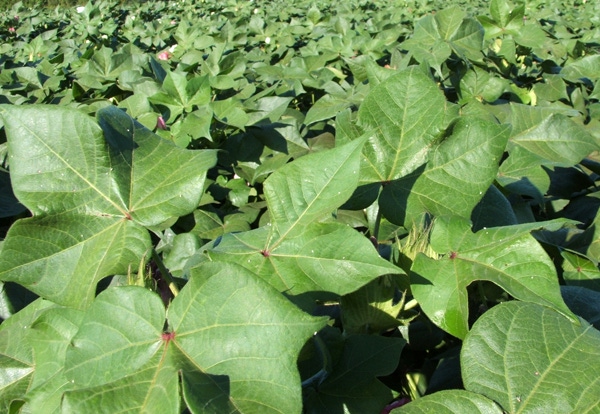March 16, 2015

Despite concerns for the 2015 cotton season, growers can be heartened that new nematode-resistant varieties, a new nematicide and a new way to strategically use Telone II will help them to both save money and protect yields.
Given current commodity prices, cotton growers may be discouraged about fighting nematodes, especially if such increases production costs. When used appropriately, however, the value of increased yield surpasses cost of the nematicide.
Cotton growers can use the following steps to most effectively manage nematodes:
Collect soil samples and have them analyzed for nematodes. The best time to do this is at harvest. Soils are too cold during the winter months to give a realistic understanding of the nematodes in a field. For cotton, it is critically important to know the type of nematode (root-knot, reniform, Columbia lance or sting) and the population with reference to established threshold levels.
Practice crop rotation. For example, where reniform nematodes are a problem, growers can plant peanuts or corn to reduce populations. Where southern root-knot nematodes are a problem, growers can plant peanuts.
Select a more-resistant variety. There are an increasing number of cotton varieties with resistance to the southern root-knot nematode (but NOT other types of nematodes). These include DPL 1454NR B2RF, DPL 1558NR B2RF, ST 4946GLB2, PHY 367 WRF, PHY 427 WRF and PHY 487 WRF. Growers should consider planting one or more of these varieties in fields infested with the SOUTHERN ROOT-KNOT nematode, especially when the levels are well above threshold. These varieties will be less affected and will help reduce populations for the next crop of cotton. Some varieties, like PHY 427 WRF are so effective in reducing nematode populations that it is almost as if a non-host crop was planted.
Use a nematicide. Unlike resistant varieties specific to the southern root-knot nematode, nematicides affect all nematodes that attack cotton. Where the population of nematodes is close to threshold level, growers may use seed-treatments like AERIS Seed Applied System of AVICTA Complete Cotton, perhaps coupled with an early-season application of Vydate CLV. For these fields and where populations are of increasing concern, growers should consider newly-registered Velum Total from Bayer CropScience.
Velum Total is to be sprayed in-furrow at planting and contains a nematicide component (fluopyram) and a thrips control agent (imidacloprid). Results from researchers at universities across the cotton belt offer hope that Velum Total will replace Temik 15G in cotton (and peanut) for management of nematodes. Where populations are severe, no nematicide can replace the efficacy of fumigation with Telone II (3 gal/A).
Growers who use Telone II can create risk management zones in a field, in part by mapping soil types, and treat according to risk levels. Southern root-knot nematodes are generally more problematic in the sandier areas of a field. Preferentially fumigating these areas will both protect yield and save in production costs.
You May Also Like




